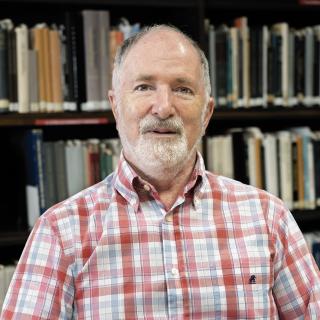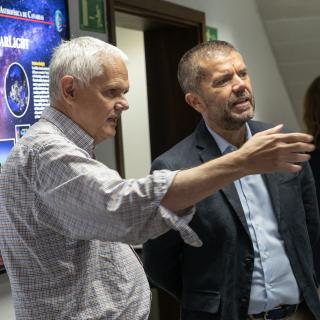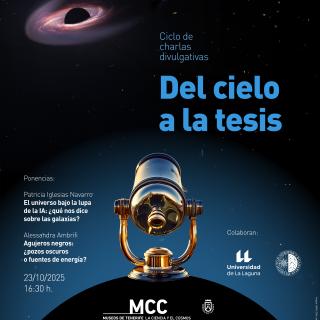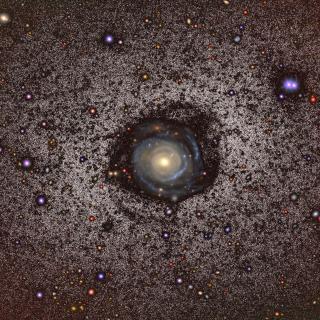
John Beckman, Emeritus Research Professor of the Instituto de Astrofísica de Canarias (IAC) has been awarded the Prize for Research of the third edition of the Prizes at the La Orotava Science Fair. This award takes note of the broad and productive career of Beckman in the field of astrophysics, and his key work in the promotion of scientific knowledge from the Canary Islands. After studying Theoretical Physics and Astrophysics at the University of Oxford , Beckman moved to a postdoctoral position at Berkeley (U. California), worked at the Jet Propulsion Laboratory of Caltech , and
Advertised on




